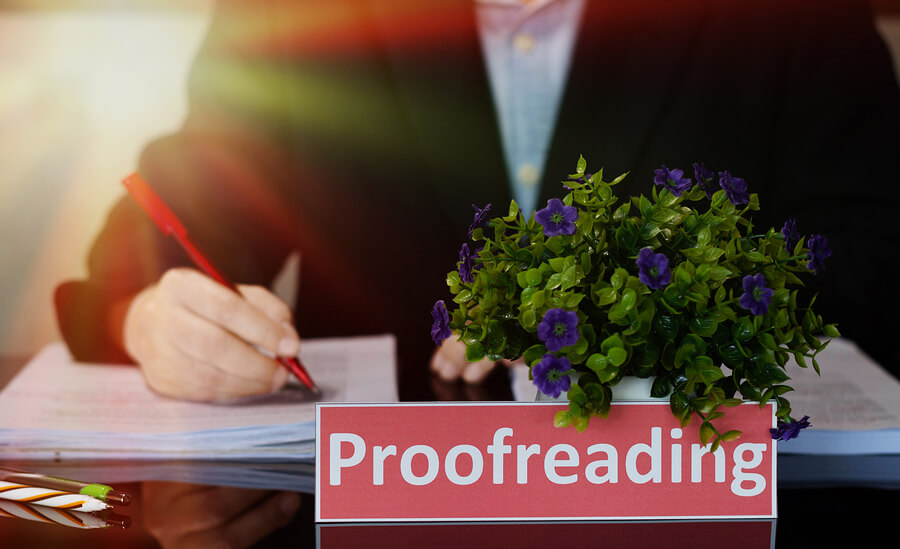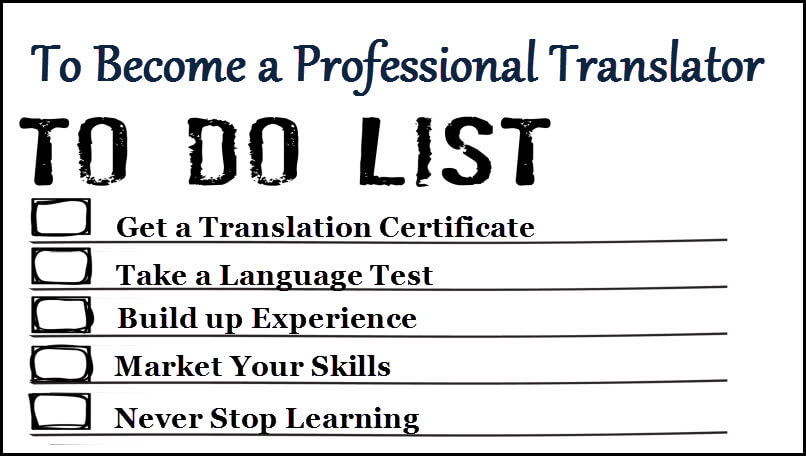The 1918 Spanish Influenza pandemic swept unabated throughout the world, taking down 2 percent of the world’s population which was approximately 50 million people. One thing that would have been different back in 1918 was the availability of skilled medical translators and interpreters. Translation of course isn’t a new discipline but in 1918 the world was far less globalized. The key question is, whether the availability of skilled medical translators and interpreters has helped to lower the incidence of COVID-19.
The 1918 pandemic taught the world something and that was that some immediate action had to be taken to stop a similar outbreak from losing so many lives. It was organizations like the World Health Organisation that was founded from the necessity to have a common body to oversee health trouble spots around the world so measures could be taken to aid or eliminate the problem. As soon as an event of global significance rears its ugly head then world specialists are on to it as quickly as possible, partly to prevent global economic collapse when people are too sick to work. However, shared information has to be translated so all those experts know what their counterparts are doing in other countries. All relevant information must be fully and accurately translated so it can be shared by the relevant agencies in the global community.
There is always a possibility of more deadly global pandemics
The current COVID-19 pandemic reveals how fast an outbreak can spread throughout the world and it is helped along by air flight that is both potentially useful but also can prolong pandemics.
Many countries that are the most susceptible to the onslaught of a global pandemic speak more than one language like the United States. There is a high proportion of people who are linguistically deficient in English in the U.S. because they prefer to speak their native language like Spanish and are even employed in workplaces where the majority of the workers speak Spanish. Not many people have heard Donald Trump when addressing the nation speaking any other language except English. When he is giving out his latest guidelines for attacking COVID-19, every US citizen has to know about it otherwise they could be breaking the law if laws enacted are broken due to a language misunderstanding.
Global medical translation and medical interpreting
Medical translation and medical interpreting have become key instruments in the scientific, academic, and medical research that quickly started throughout the world following the global spread of COVID-19. In key areas like the medical industry, human translators are the only ones fully qualified to do a good job. Some countries or health care providers think it is okay to use machine translations because it is easy and fast to get results. However, even when presented with a less complex text the machine translation only gives a literal translation. It fails to capture the nuances or subtle meanings that are so easy for a human translator to translate.
When global pandemics are spreading a disease quickly around the world translation services are the key component to enable an integrated global response. Whether the current virus has found itself into meat processing plants, a hospital or care home if there are people involved who don’t speak English then the key to effective communication is through translations so that all can understand what’s going on.
The refugee crisis and a pandemic
Many refugees who pour into Germany may be able to speak neither English nor German making communication an impossible event. The host country has to quickly source translators and interpreters to keep the refugees informed
The role of translation services in a global crisis
Employing a professional translation service and skilled language interpreters is essential to enable a fast response in a global disaster. Economic disruption may be mitigated by distributing information concerning how to prevent and spread a virus so that people can continue to work and function as near to normal as possible. Even of more importance is getting information related to research, data, and analysis translated and then distributed to all relevant scientific, academic, and medical communities throughout the world.








